Need Arc Welding Wire with Low Spatter & High Deposition?
Arc Welding Consumable Submerged Welding Wire: insider notes, specs, and where it actually fits
If you work in heavy fabrication, you probably already have an opinion about arc welding wire. To be honest, few consumables spark as many shop-floor debates. The model I’ve been following comes from NO.368 Youyi North Street, Xinhua District, Shijiazhuang City, China—a plant that’s been quietly consistent. Submerged arc isn’t flashy; it’s a workhorse. When the spec calls for high, stable quality—bridges, wind towers, pressure vessels—this is where SAW wire earns its keep.
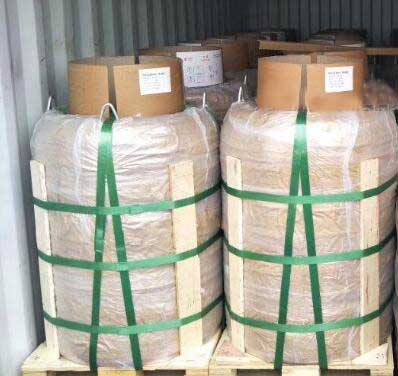
Industry snapshot
Trends? Higher deposition rates with fewer passes, more automation (column & boom + seam trackers), and tighter QA records for code work. Many customers say they’re standardizing on EM12K/EH14 classes for carbon steel because the procedures are proven and the economics—surprisingly—still beat many fancy processes at scale.
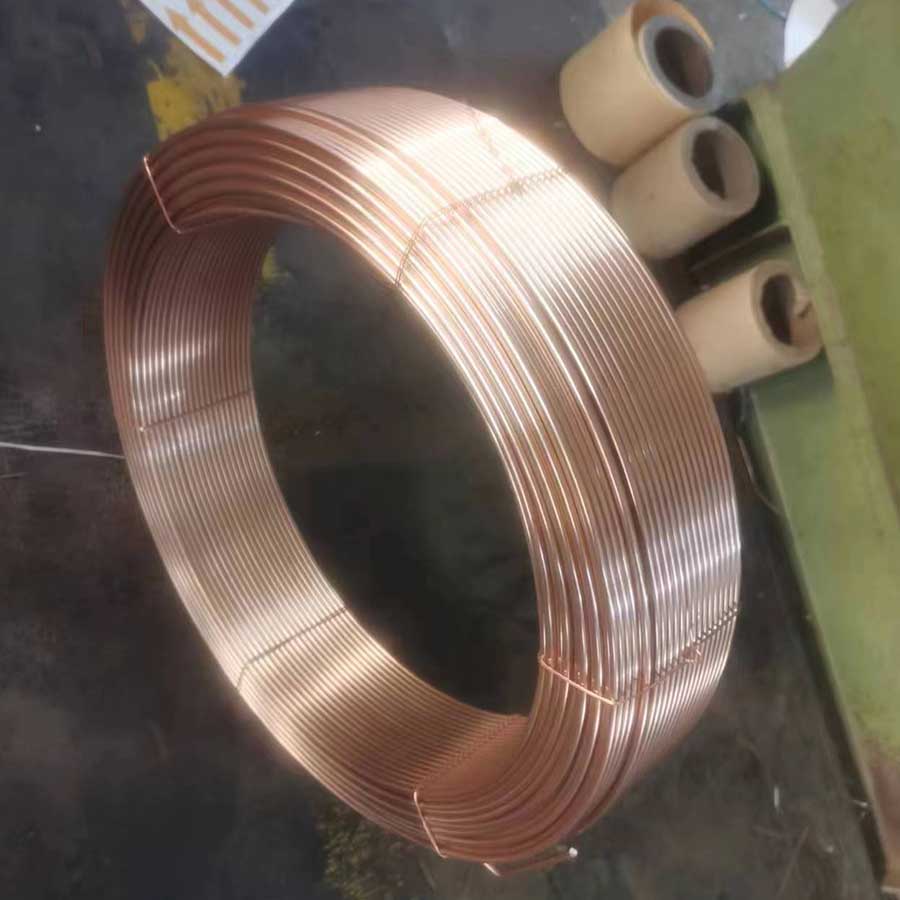
Product specs (core data)
| Grade (AWS/ISO) | Diameter (mm) | Finish | Weld metal tensile (MPa) ≈ | Yield (MPa) ≈ | Elong. (%) ≈ | Chemistry (wt%) ≈ | Pack |
|---|---|---|---|---|---|---|---|
| EM12K / ISO 14171-A S2Si | 2.0–5.0 | Copper-coated or bright | 490–560 (with F7A2 flux; real-world may vary) | 400–470 | 20–28 | C ≤0.10, Mn 0.8–1.4, Si 0.1–0.4 | 25–1000 kg drums |
| EH14 / ISO 14171-A S3 | 2.0–5.0 | Copper-coated | 520–600 (with F7A2/F7P2 flux) | 430–520 | 18–26 | C ≤0.12, Mn 1.2–1.6, Si 0.1–0.5 | Spools or drums |
Notes: Test panels per AWS A5.17 with specified fluxes; actual results depend on heat input, joint design, and parameters.
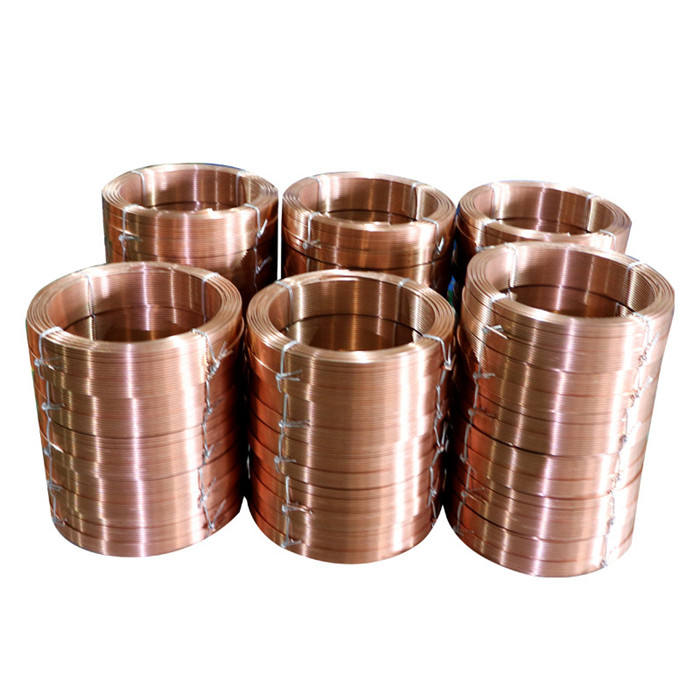
Where it’s used
- Shipbuilding and offshore modules (long seams, twin-arc setups)
- Pressure vessels and boilers (code-qualified procedures)
- Wind towers and steel bridges (high travel speed)
- Line pipe and heavy fabrication (thick plate, deep penetration)
Process flow & QA (how it’s made)
Wire-rod selection → descaling → drawing → intermediate anneal → precision drawing → surface cleaning → optional copper-coating (controlled bath) → spooling/drums → vacuum or VCI packaging with desiccant. Testing: wire diameter tolerance and cast/helix checks; weld-metal tests per AWS A5.17/ISO 14171 (tensile, yield, elongation), CVN impact (e.g., 27–47 J at 0 to -20°C, setup dependent), hardness per ISO 6507. Certificates: EN 10204 3.1; manufacturer QMS: ISO 9001.
Service life: sealed storage ≈ 24 months; once opened, keep below 60% RH, 5–30°C, and re-bake flux accordingly. In practice, shops report clean feeding for weeks if reels are covered and dry.
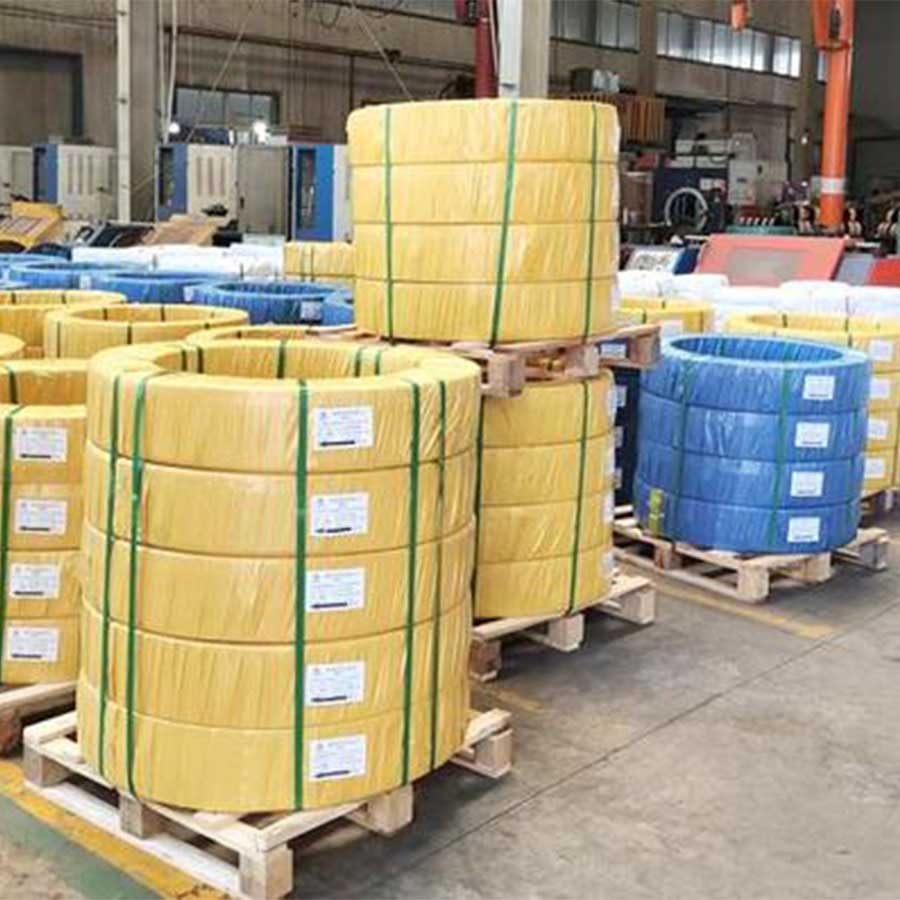
Real-world performance and feedback
A Texas fabricator told me travel speed went up ≈12% on low-hydrogen procedures after switching to EH14 with an F7A2 flux. A shipyard in Vietnam claimed a 15% drop in slag inclusions after tightening storage discipline—nothing exotic, just dry wire and clean liners. It seems that wire consistency plus boring (but crucial) housekeeping wins more welds than magic settings.
Vendor comparison (quick take)
| Vendor | Lead time | Certs | Customization | Indicative price (USD/kg) ≈ | Notes |
|---|---|---|---|---|---|
| SteelToolsChina (origin: Shijiazhuang) | 2–4 weeks (stocked sizes faster) | ISO 9001, EN 10204 3.1 | Grade/diameter, drum/spool, copper level | 1.10–1.45 | Solid for volume SAW programs |
| Regional Supplier | 1–2 weeks | ISO 9001 | Standard sizes | 1.25–1.60 | Convenient for small lots |
| Global Brand | 4–6 weeks | ISO 9001, ABS/DNV approvals | Broad catalog | 1.50–2.10 | Premium flux-wire pairings |
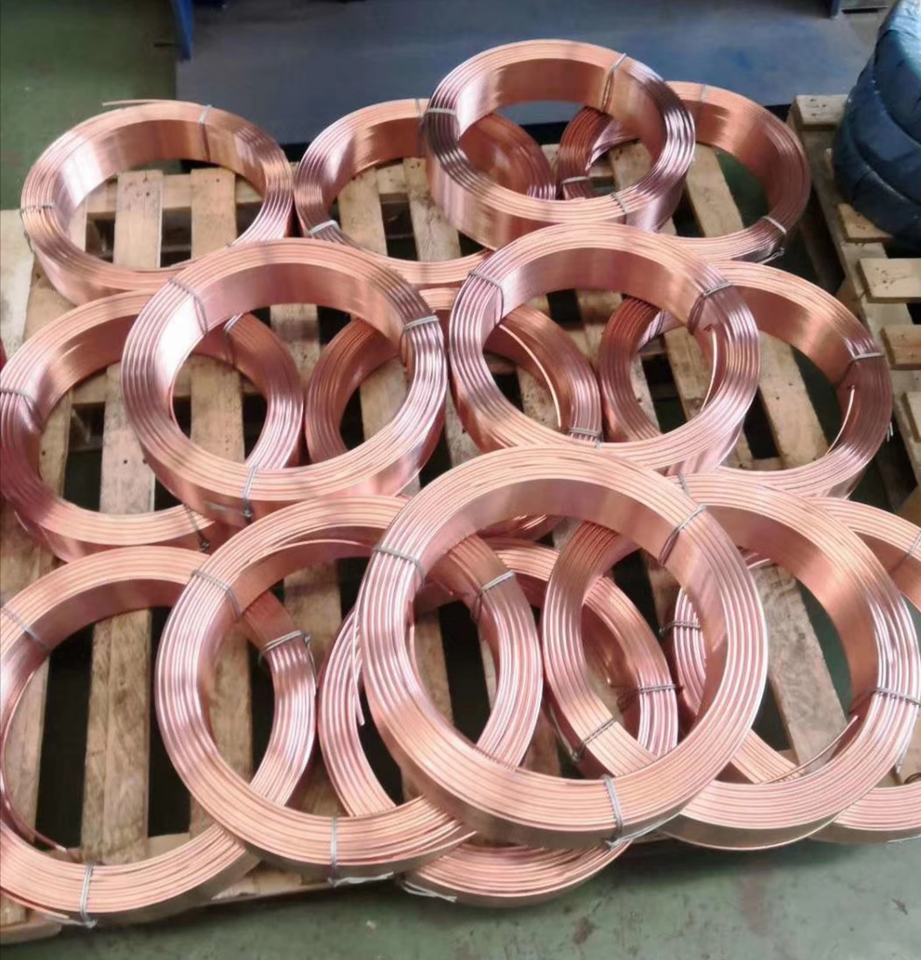
Applications, customization, and why it matters
For code work, spec the grade against WPS/PQR. Customization usually means wire diameter, drum size, and whether you want copper-coated (better feed, sometimes cleaner arc) or bright finish. If you ask me, pairing the right flux with arc welding wire matters more than chasing tiny chemistry tweaks.
Testing standards and compliance
- AWS A5.17 / ISO 14171 classification for carbon-steel SAW wire
- Procedure and welder quals typically per ASME IX (where applicable)
- Material certs: EN 10204 3.1; impact tests per ISO 9016; tensile per ISO 6892-1
References:
1) AWS A5.17/A5.17M: Specification for Carbon Steel Electrodes and Fluxes for Submerged Arc Welding.
2) ISO 14171: Welding consumables — Solid wires and rods for fusion welding of steels — Classification.
3) ASME Boiler & Pressure Vessel Code, Section IX — Welding Qualifications.
4) EN 10204: Metallic products — Types of inspection documents.
-
High-Quality Welding Electrodes 4.0mm*400mm for Industrial Use | Steel Tools ChinaNewsNov.24,2025
-
Explore the Benefits and Uses of 2.6mm Welding Electrode 6013 | Global GuideNewsNov.23,2025
-
Understanding CO2 Welding Wire Price: Global Impact, Trends, and TipsNewsNov.22,2025
-
Top Guide to Welding Wires CO2 – Specifications, Benefits & Industry UsesNewsNov.22,2025
-
Comprehensive Guide to Welding Electrode 6011 – Global Applications & BenefitsNewsNov.21,2025
-
AWS E6013 Welding Rod-HEBEI YUJINHONG TECHNOLOGY CO.,LTD.|All-Position Carbon Steel ElectrodeNewsNov.21,2025


